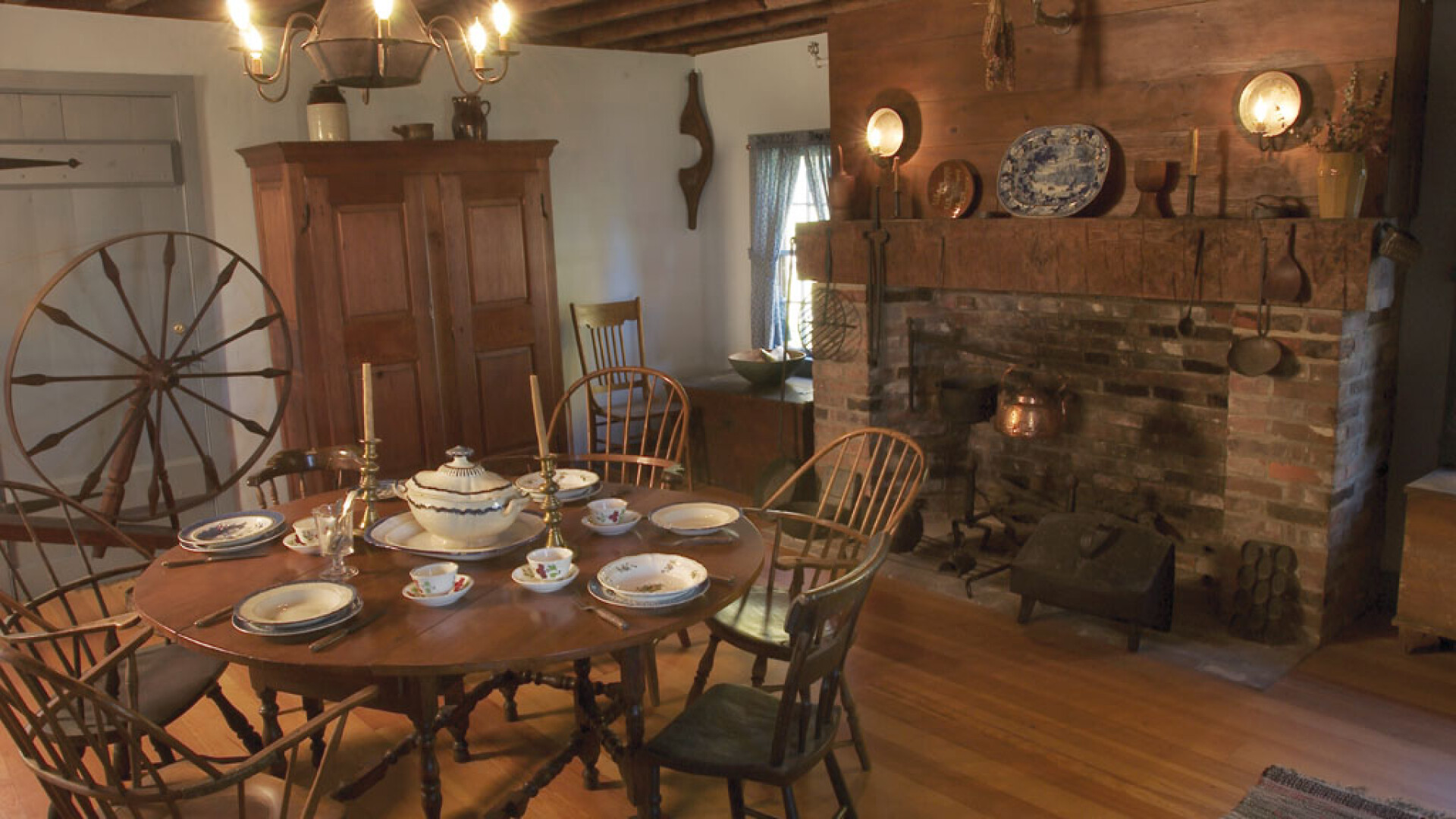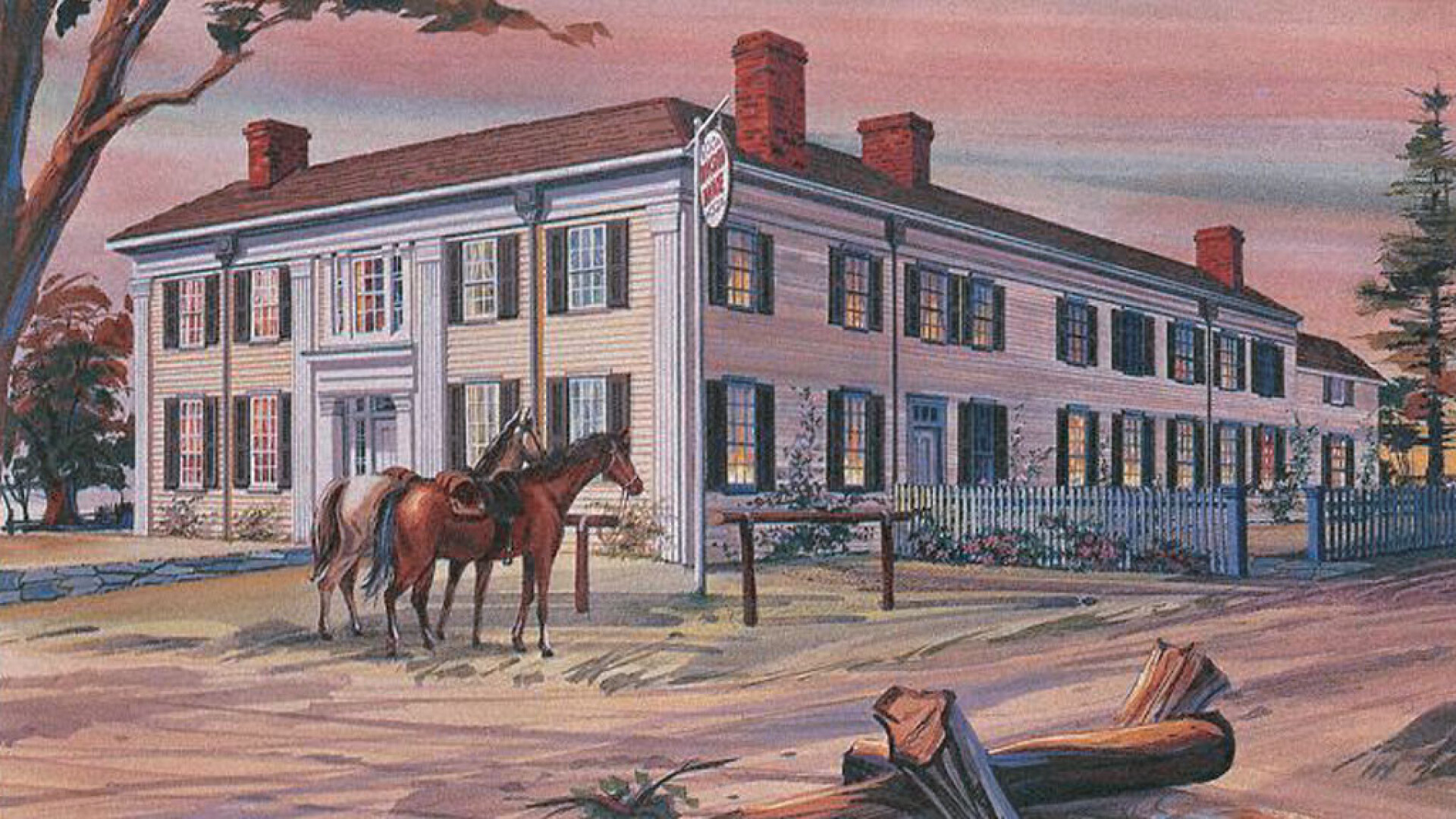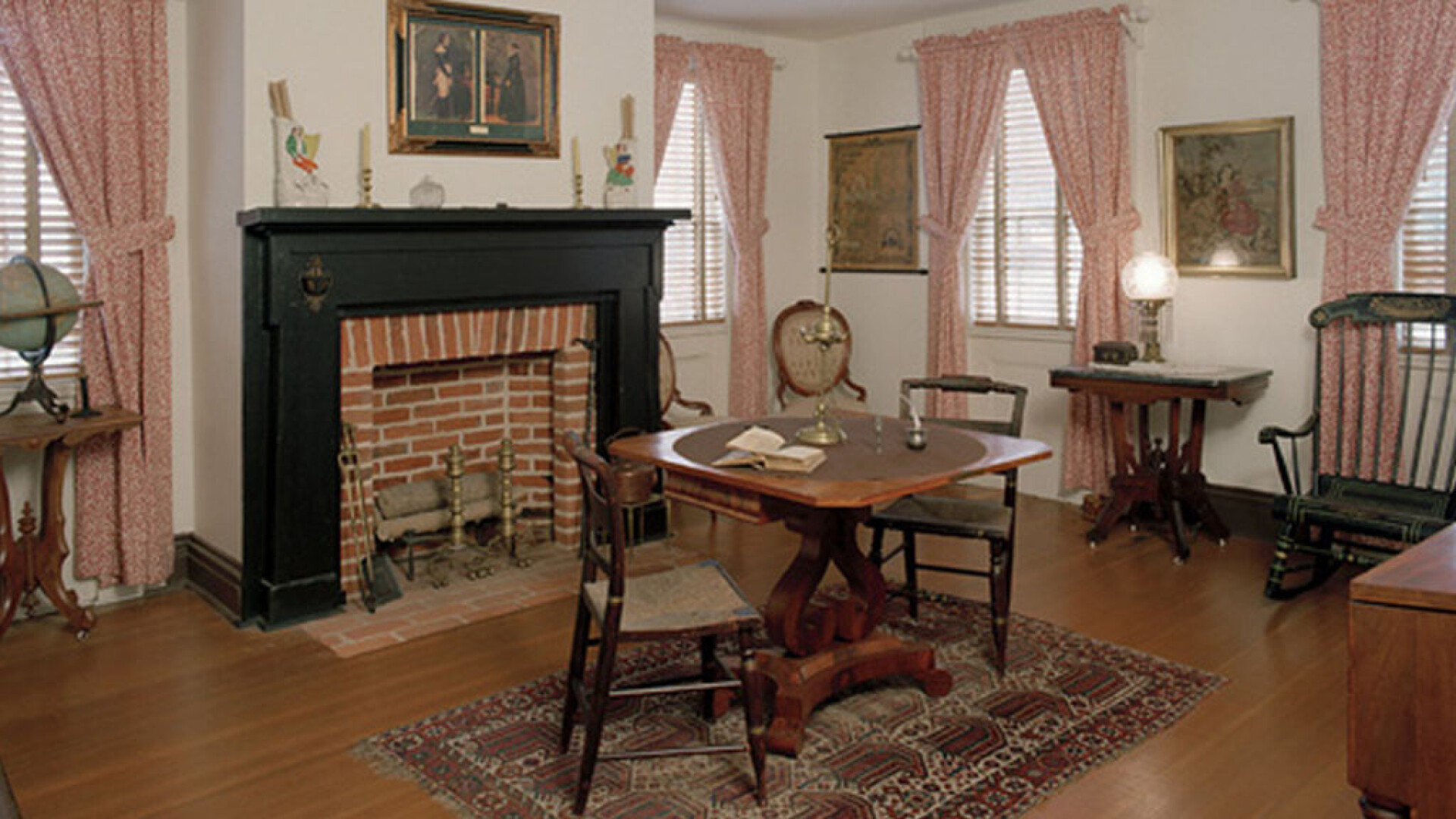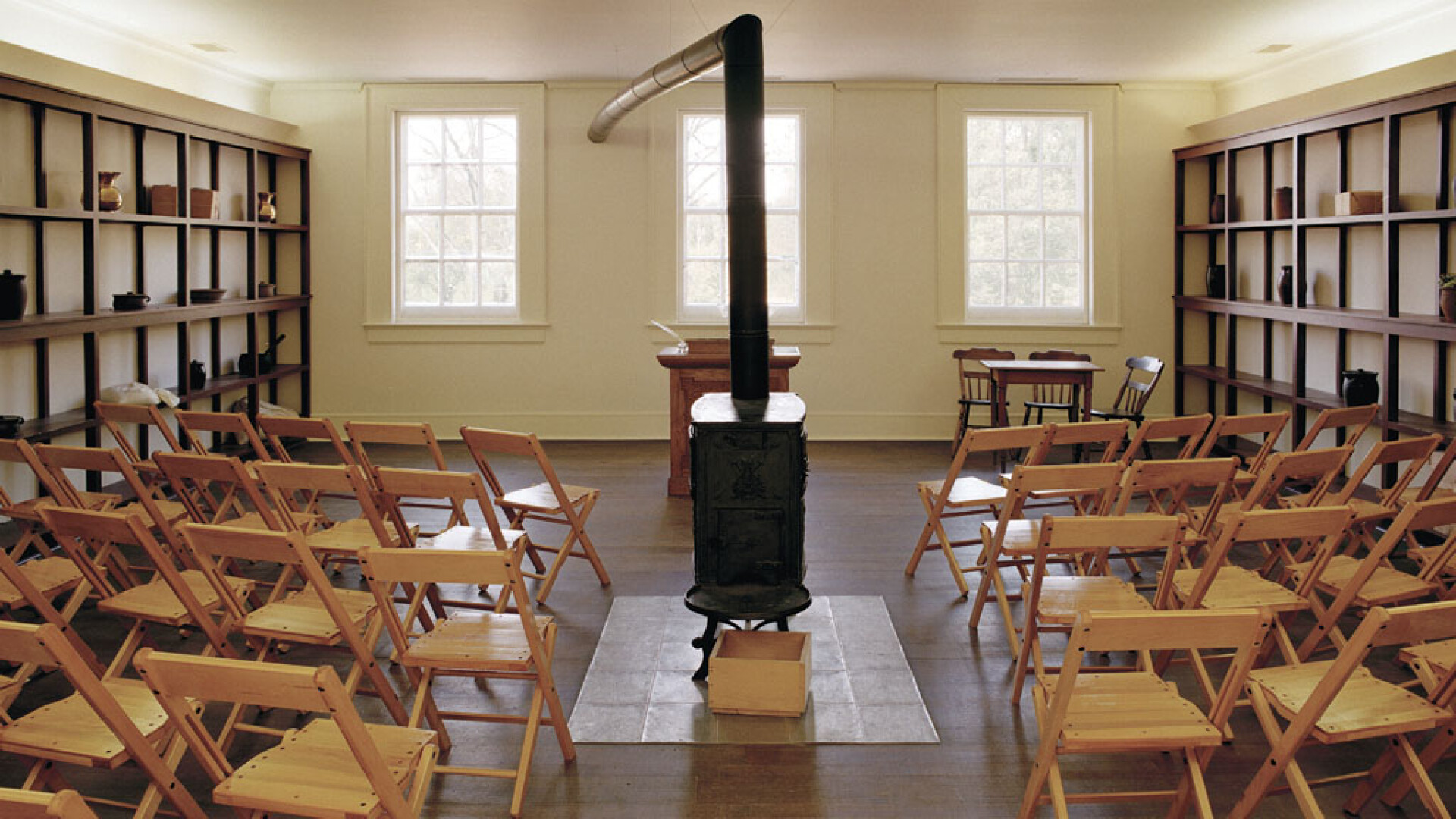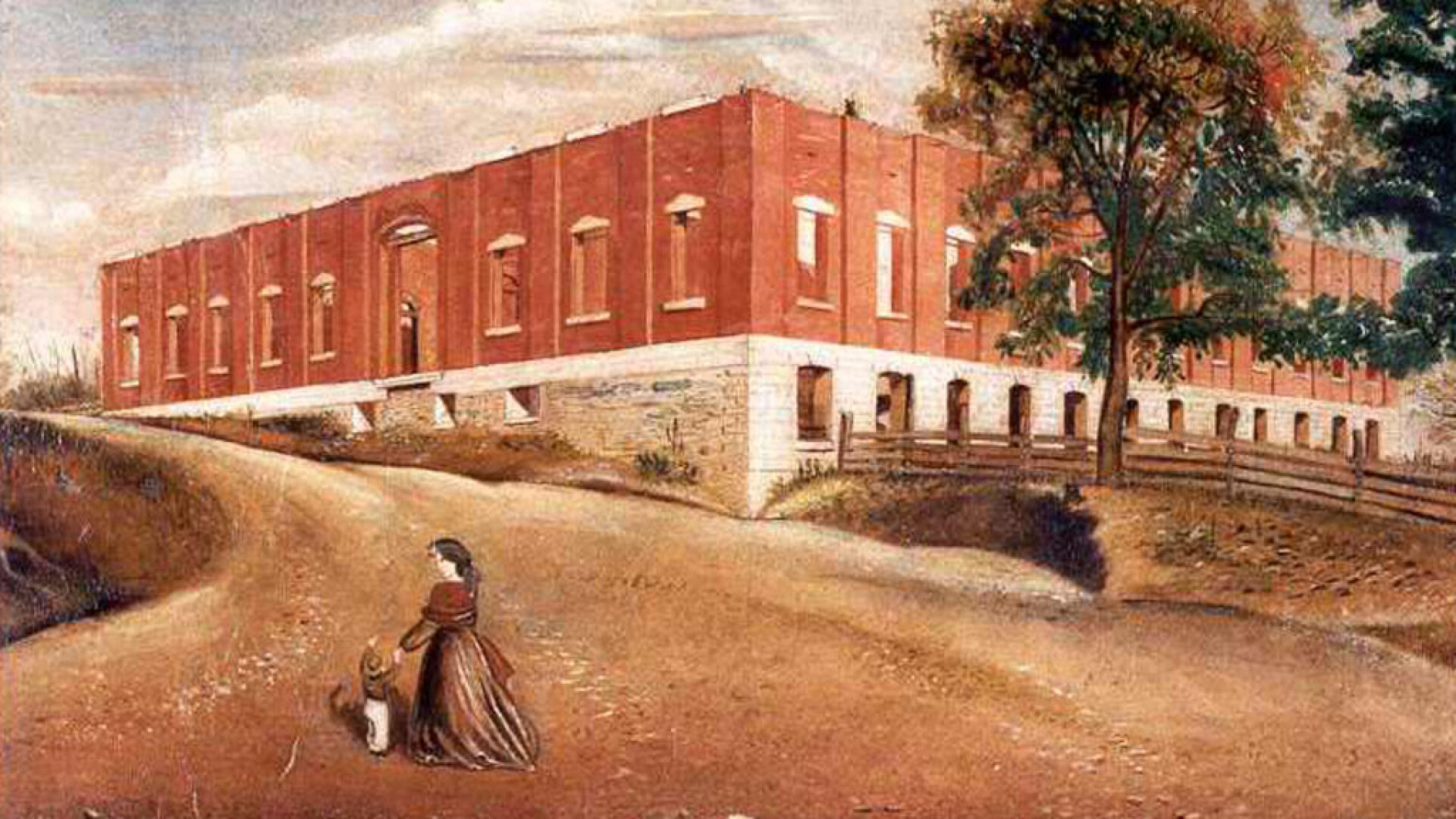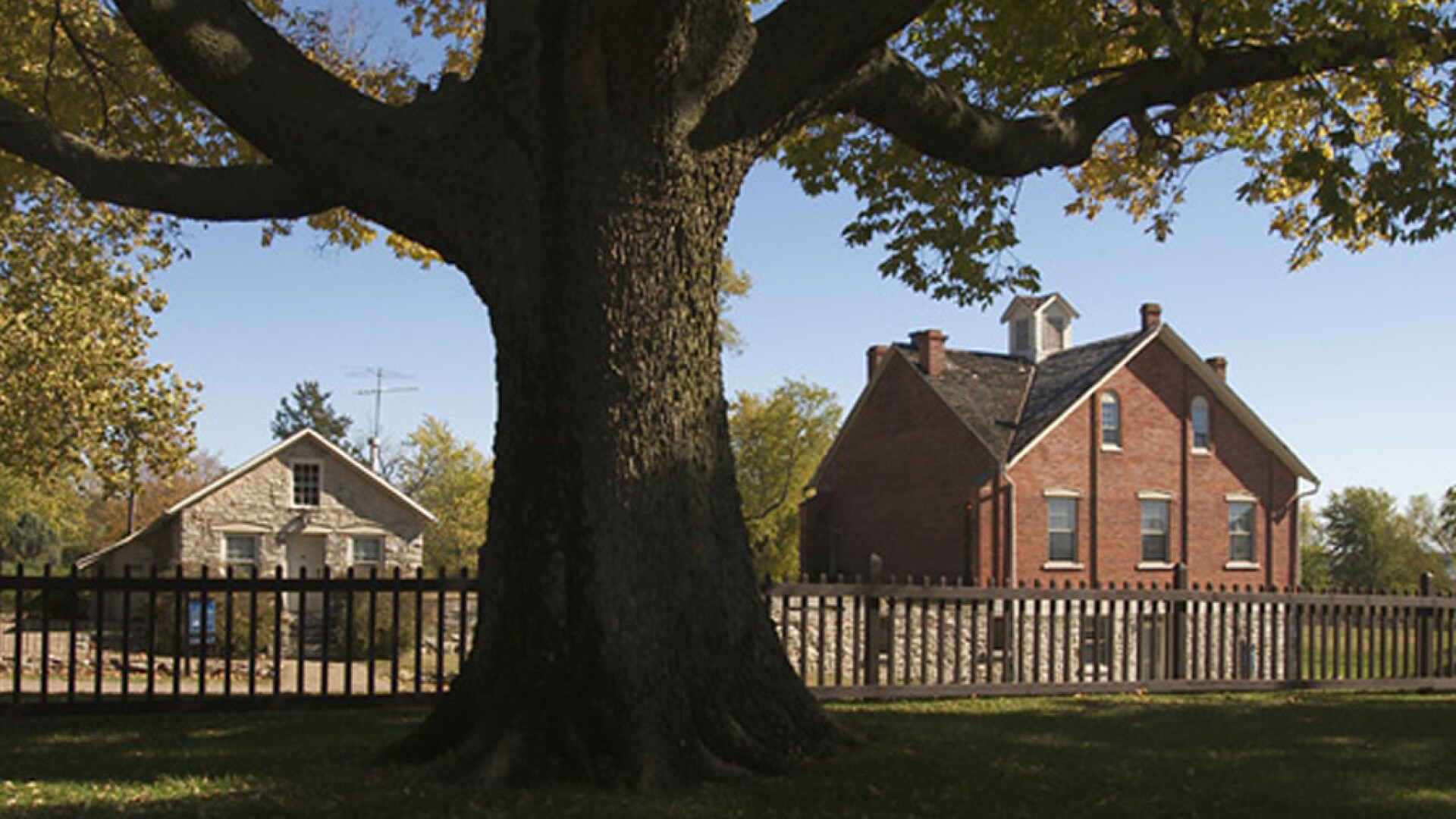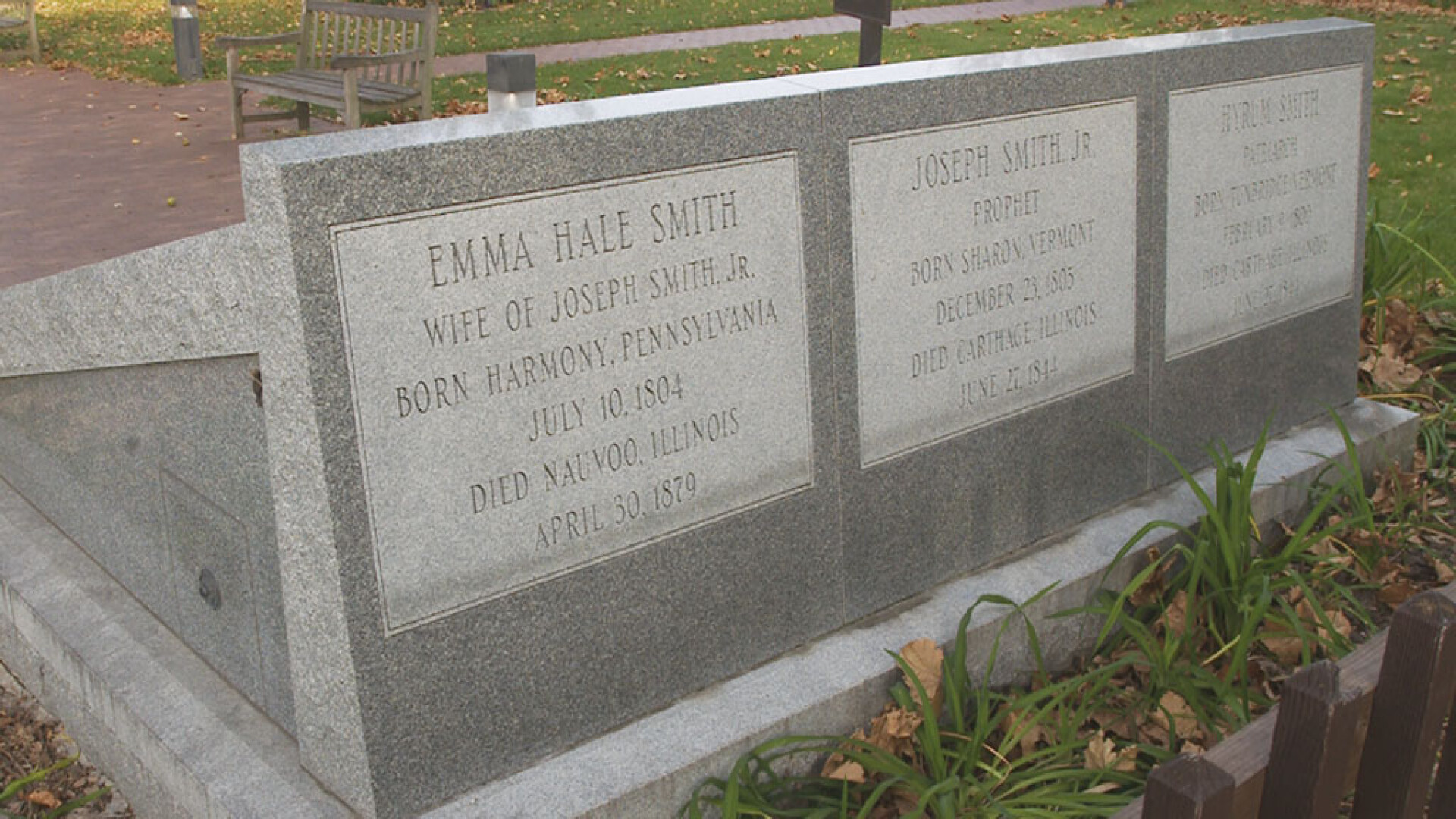The church was headquartered in Nauvoo, Illinois, USA, from 1839 to 1846.
Transformed Community
The church established a new settlement called Nauvoo on the banks of the Mississippi, and transformed it into a thriving city, marking a significant period of radical change. Nauvoo rapidly grew to become the second largest city in Illinois, USA, featuring thousands of residents, businesses, newspapers, schools, and the initiation of a new temple.
Church and Civil Authority
During the Nauvoo period, Joseph Smith held multiple positions of authority, serving as the church president, mayor of Nauvoo, and commanding general of the Nauvoo Legion, which was part of the Illinois State militia and comprised over 3000 men. This marked a significant centralization of both church and civil authority.
The Assassination
The introduction of new theologies and practices in the church led to shock and alarm among members. When dissenting voices challenged these practices in a local newspaper, Joseph Smith ordered the destruction of the printing press, sparking widespread outrage. Subsequently, he was arrested on charges of treason, and while awaiting trial in Carthage, a mob attacked the jail, resulting in the tragic deaths of Joseph and his brother Hyrum.
Tour
Apostle Lachlan Mackay provides a tour of some historic sites in Nauvoo, Illinois, USA, in a series of videos. Watch the entire playlist on YouTube.

